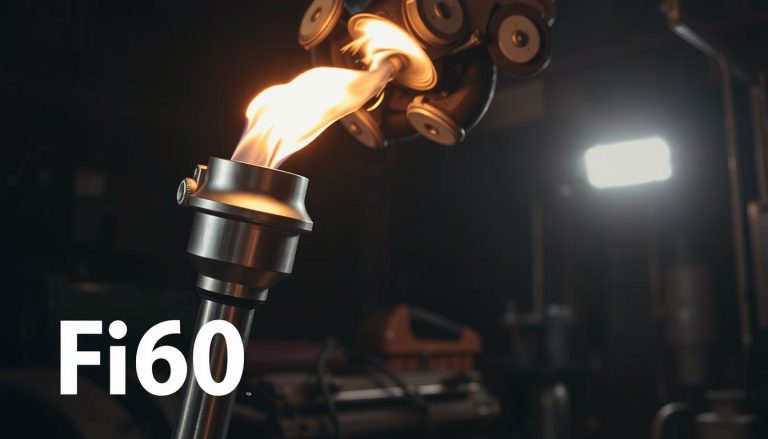S-13 Test: Citywide Standpipe Systems Certification

In the world of fire safety, the S-13 Certificate of Fitness for Citywide Standpipe Systems Test is key. It’s for those who keep standpipe systems in high-rise buildings running right. This test makes sure they know how to handle fires and keep people safe.
It teaches them about fire safety and follows FDNY rules. This helps them act fast in emergencies and protect everyone inside.
Free S-13 Practice Test Online
Key Takeaways
- The S-13 Test Certificate of Fitness for Citywide Standpipe Systems is a must for those who work on standpipe systems in tall buildings.
- It makes sure they follow FDNY rules and can handle fire emergencies well.
- Passing the S-13 Test shows they know how to keep people safe and use fire gear right.
- Having a current S-13 Certificate of Fitness is key for keeping buildings safe and meeting fire codes.
- The test covers important topics like keeping standpipe systems working, getting ready for emergencies, and making buildings safe.
Understanding the S-13 Certificate of Fitness for Citywide Standpipe Systems
In high-rise buildings, standpipe systems are key to fire safety and quick response. The S-13 Certificate of Fitness, given by the New York City Fire Department (FDNY), shows people can work with these important systems. This makes sure building staff can handle standpipe systems well, helping with fire safety and fire prevention in tall buildings.
Importance of Standpipe Systems in High-Rise Buildings
Standpipe systems give firefighters a steady water supply to fight fires and save lives. They send water right to where it’s needed fast, making firefighting more efficient. Keeping standpipe systems in good shape is key to following fire code and keeping people safe.
FDNY Regulations and Compliance Requirements
The FDNY sets strict rules for FDNY certification and upkeep of standpipe systems in tall buildings. Owners and staff must follow these rules to keep these fire safety systems working right. Not following FDNY rules can lead to fines, penalties, and safety risks for people in the building.
Getting the S-13 Certificate of Fitness and keeping up with building maintenance for standpipe systems is crucial. It’s for property managers, building engineers, and others in charge of fire prevention and life safety in high-rise buildings. Knowing about this certification and FDNY rules helps building teams make their places safer and more ready for emergencies.
Preparing for the S-13 (Certificate of Fitness for Citywide Standpipe Systems) Test
Getting the S-13 (Certificate of Fitness for Citywide Standpipe Systems) is key for those who work on fire safety systems. It’s important to prepare well for the test. Use study materials, get practical training, and gain hands-on experience.
Study Materials and Resources
The fire safety regulations, building safety regulations, and fire protection systems in the S-13 exam are complex. But, there are many resources to help you prepare. The FDNY offers study guides and practice exams on topics like fire preparedness and emergency response preparedness.
Online forums and industry publications also provide insights from experts. These can be very helpful.
Practical Training and Hands-On Experience
Study materials are crucial, but practical training and hands-on experience matter too. Many training programs combine classroom learning with simulated exercises. This lets participants get to know how to work with life safety systems and fire protection systems.
This real-world experience is key to passing the exam. It makes sure building staff are ready for fire safety and building inspection tasks.
Using both study resources and practical training, you can feel confident when taking the S-13 exam. You’ll show your skills in fire safety regulations and emergency response preparedness.
Maintaining Standpipe Systems and Fire Safety Protocols
Keeping standpipe systems in good shape is key to keeping high-rise buildings safe. Owners and managers must follow strict fire codes set by the FDNY. This ensures these fire safety systems work right when needed.
It’s important to check standpipe inspections often. This means looking at valves, hoses, and other parts to make sure they’re okay. Experts do detailed tests to make sure the standpipe can supply water in an emergency. Following these high-rise fire prevention steps shows that buildings meet fire code regulations.
But it’s not just about standpipes. A full plan for fire safety protocols is needed. This includes keeping escape paths clear, doing fire drills, and teaching people what to do in an emergency. By focusing on standpipe maintenance requirements, owners can save lives and protect their buildings from fire damage.


